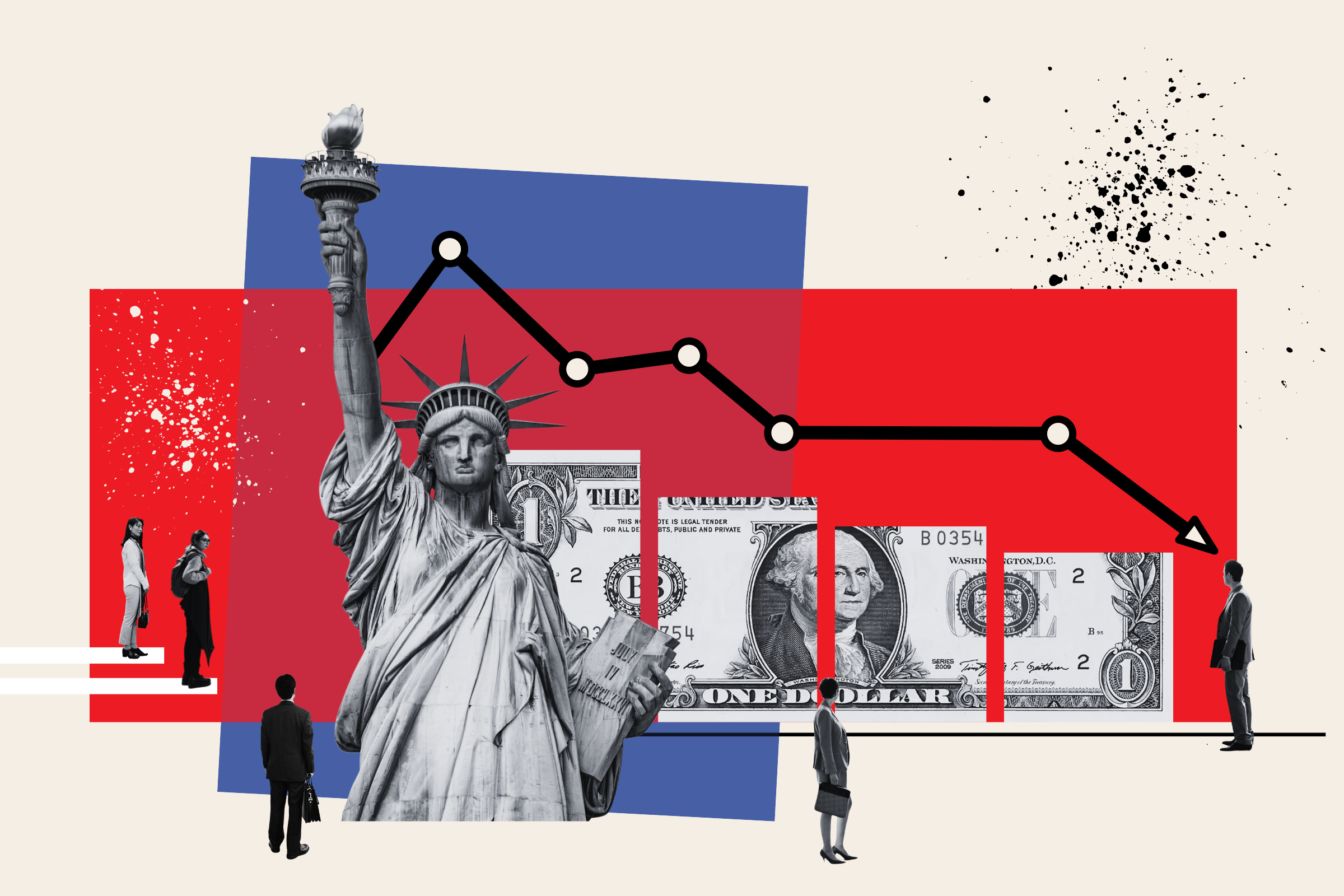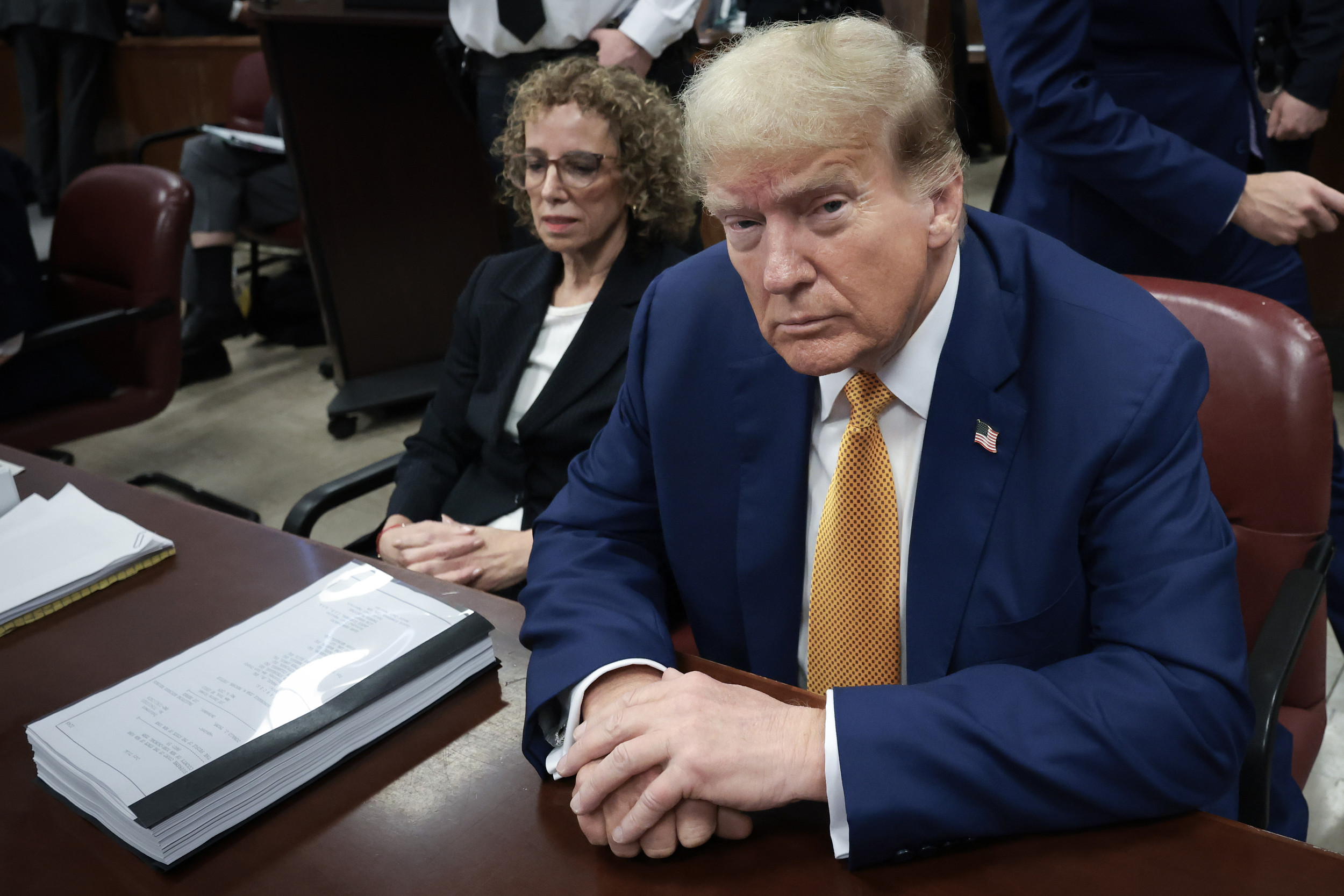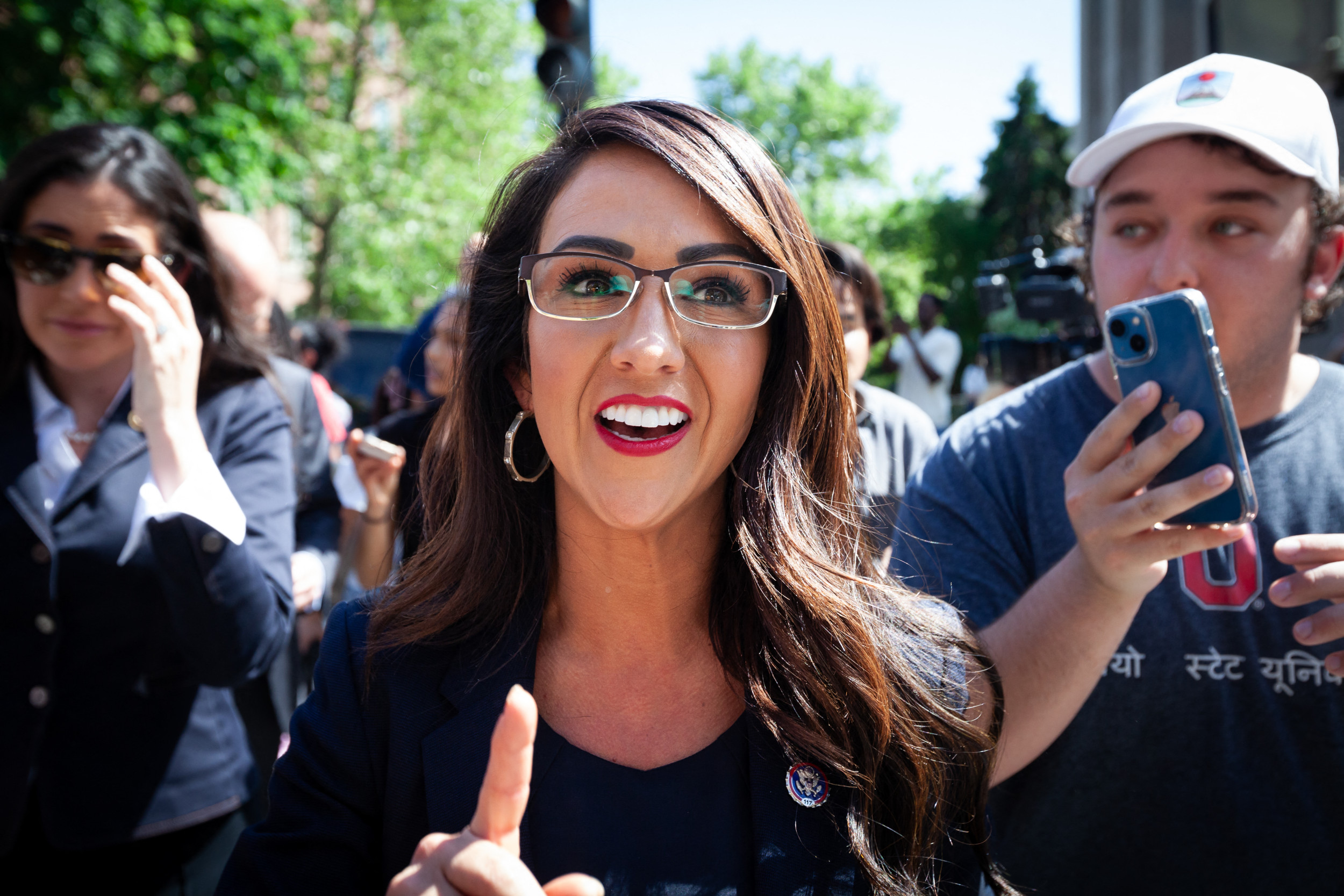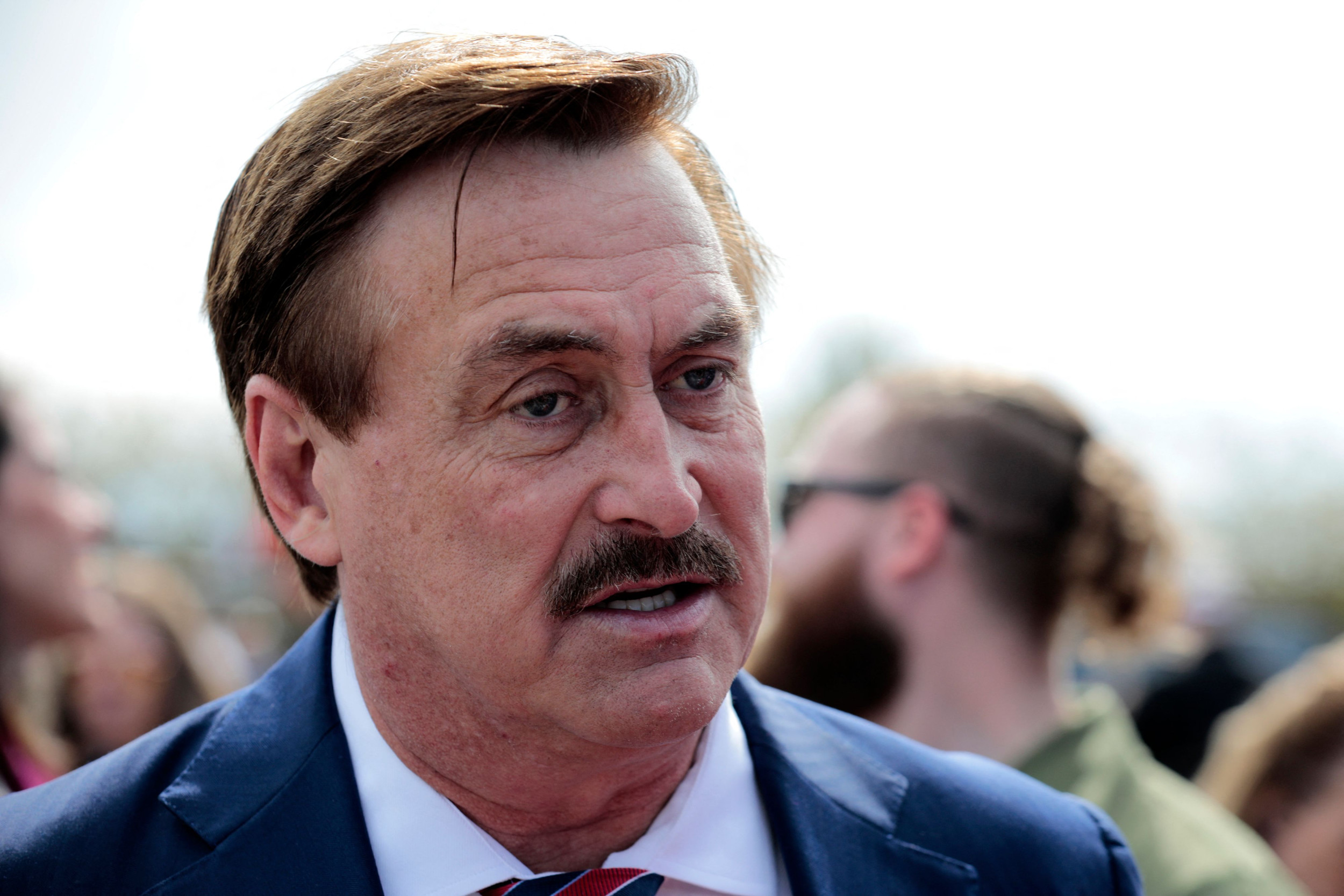"Killers of the Flower Moon," Martin Scorsese's Oscars contender, tells the story of what became known as the "reign of terror" among the Osage people, as more than 60 Native Americans in Oklahoma were killed over land rights between 1918 and 1931.
It is not only a tragic tale of greed and murder, but also one of abuse and neglect by a system that allowed the perpetrators to act.
But there is a much more current crisis among Native Americans. In the last four years, there has been a 66 percent increase in firearms-related suicides.
From 2019 through 2022, there was an overall increase of 11 percent in firearms related suicides across all racial groups, according to recent data by the Centers for Disease Control and Prevention.
That is shocking and represents an all-time high. The rates among Native Americans are six times the national rate, this highest of all groups for people under the age of 45.
Suicide is a complex problem stemming from issues like mental illness, social isolation, housing insecurity, unemployment, bullying, financial troubles, and substance abuse. Addressing these issues in Native America is even more involved because isolation, substance abuse, and other instabilities are inflected by culture, and the limited resources available—like the 988 suicide prevention line—are not culturally specific.
In September 2023, the Biden administration awarded $230 million in funding to Health and Human Services to beef up suicide prevention efforts in at-risk communities. But not much of that money will see its way to Native America.
Mental health care is difficult to access for many people, even those with insurance. You often must call for preapproval for a psychiatric evaluation or an insurance-limited number of therapy appointments. You can wait weeks or even months to be seen by a specialist.
These access problems are heightened in Indian Country where the federal government chronically underfunds health care for Native Americans. According to the American Bar Association, the government would have to double its funding for Native health care to equal what it spends on health care just in prisons.
As a member of the Choctaw Nation of Oklahoma, I reached out to our tribe to find out what we are doing to address this crisis. "Native Americans have always been at higher risk for suicides and the Choctaw Nation has programs in place to help address this disparity," Shauna Humphreys, director of the Choctaw Nation Health Services Authority, told Newsweek.
The culturally-centric tribal health care clinics on the Oklahoma reservation screen patients for suicide risk, have mental health professionals in most reservation clinics, advocate for use of the national 988 hotline network, and are developing a Choctaw-staffed crisis response team that would allow Choctaws on the reservation to receive help from our own people who are more likely to understand our culture.

The challenges are great, however. Many reservations are rural or remote, do not have access, or have minimal access to internet services that could help ameliorate the suicide risks by providing supporting resources like informational websites, telehealth, and connections to extended community.
And many Native Americans, like me, were raised in urban environments with limited access to tribal services. In Saint Paul, Minnesota, at the Mino Oski Ain Dah Yung Center, mental health providers are leaning into community practices, like taking residents of the center through sweat lodge ceremonies to connect with culture. Solutions are possible.
According to the CDC report, communities and leaders need to invest resources to identify vulnerable people, strengthen social connections, and address underlying issues like substance abuse, economic insecurity, and housing insecurity.
The tribes need to build out mental health infrastructure to not only create these services but also to sustain them. The 11 percent increase in funding during the COVID pandemic was necessary, but the rise in Native suicide demands immediate intervention.
While the awards shows buzz around Scorsese's film, "Killers of the Flower Moon," Native American issues are entering into popular discourse. With the rise in Native-themed media, like "Reservation Dogs," and "Killers of the Flower Moon," these cultures and histories are reaching a wider audience. And this can be good news for Native Americans who have longed sought redress for the harms of colonization and genocide. Talking about these issues is good. But it is urgent to act in addressing and preventing suicide rates among Native Americans, because this is happening in real life, now.
Cindy Tekobbe is an assistant professor at the University of Illinois Chicago, teaching and writing about Native American issues and media and technology. She is an enrolled member of the Choctaw Nation of Oklahoma and a Public Voices Fellow through The OpEd Project.
The views expressed in this article are the writer's own.
Uncommon Knowledge
Newsweek is committed to challenging conventional wisdom and finding connections in the search for common ground.
Newsweek is committed to challenging conventional wisdom and finding connections in the search for common ground.
About the writer
To read how Newsweek uses AI as a newsroom tool, Click here.






